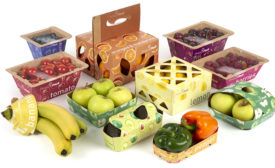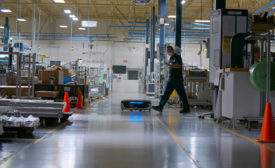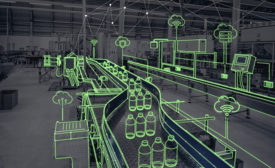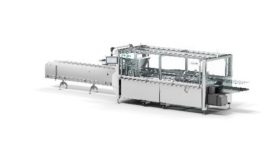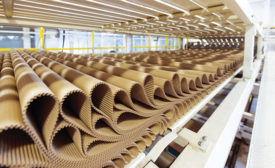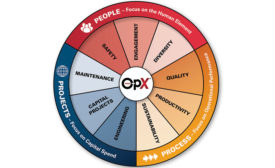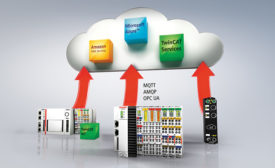Home » OEE tracking
Articles Tagged with ''OEE tracking''
From fiber-based packaging to labels with adhesive-free zones to prevent contact with product, companies continue to develop innovative ways to protect and package produce.
Read More
Automation
AMRs Move CPG Manufacturers into the Next Phase of Factory Automation
June 30, 2023
Cover Feature
From Smart Valves to Smart Factories
Whether talking about a humble smart valve that can collect critical equipment data or a fully automated shop, the flexibility and scalability of automation make it possible for CPG firms of any size to benefit from the technology.
June 30, 2023
Reimagining the “E” in OEE in the Packaging Industry
Why agility, collaboration and sustainability are vital to packaging manufacturers.
December 11, 2020
Automation
There Is No One-Size-Fits-All IIoT Strategy
With or without the cloud, scalable IIoT technologies solve common problems, such as inefficient compressed air systems.
March 18, 2020
Keep the info flowing with our eNewsletters!
Get the latest industry updates tailored your way.
JOIN TODAY!Copyright ©2025. All Rights Reserved BNP Media.
Design, CMS, Hosting & Web Development :: ePublishing

